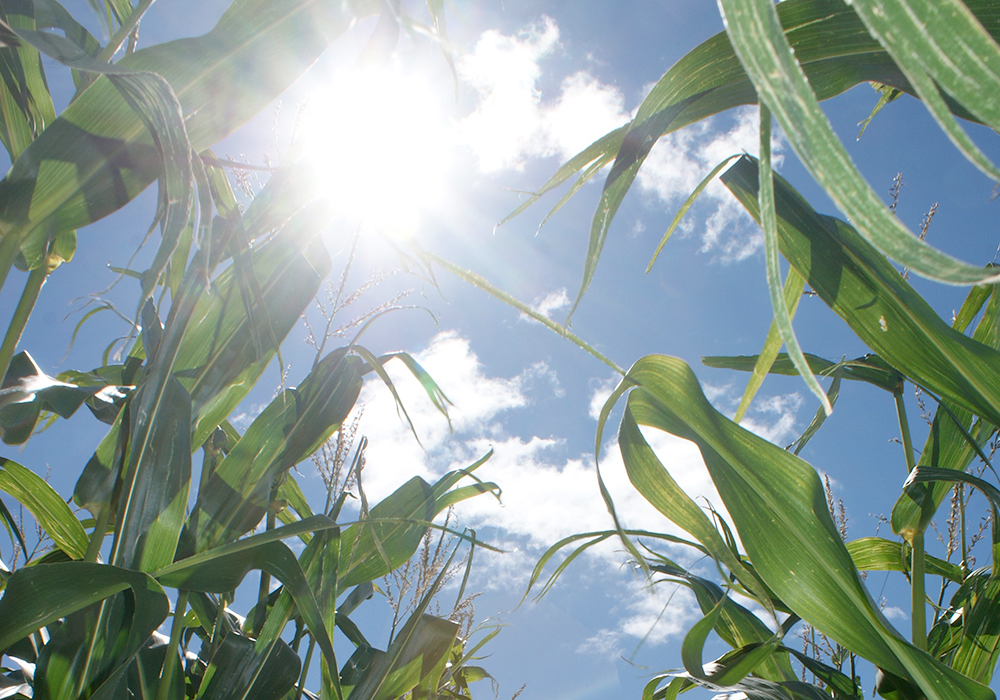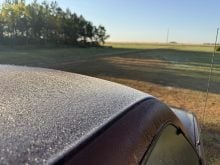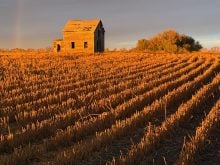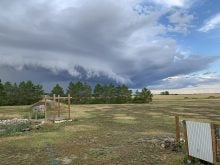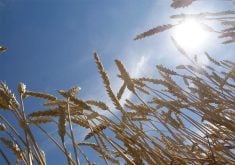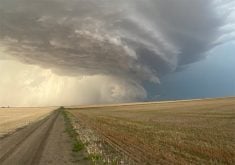Whenever we have upper lows, like last month, it usually results in below-average temperatures. This year it was warmer than expected, though there were some below average readings.
In the west, Alberta saw near to slightly below average temperatures and precipitation. Calgary reported a mean monthly temperature of 9.7 C, which is bang on the average for May. It also reported about 53 millimetres of precipitation, which was only a couple below the long-term average.
In Edmonton, May’s mean monthly temperature was 9.9 C, which was a few tenths of a degree below the long-term average. This region reported about 59 mm of precipitation, slightly above average.
Read Also
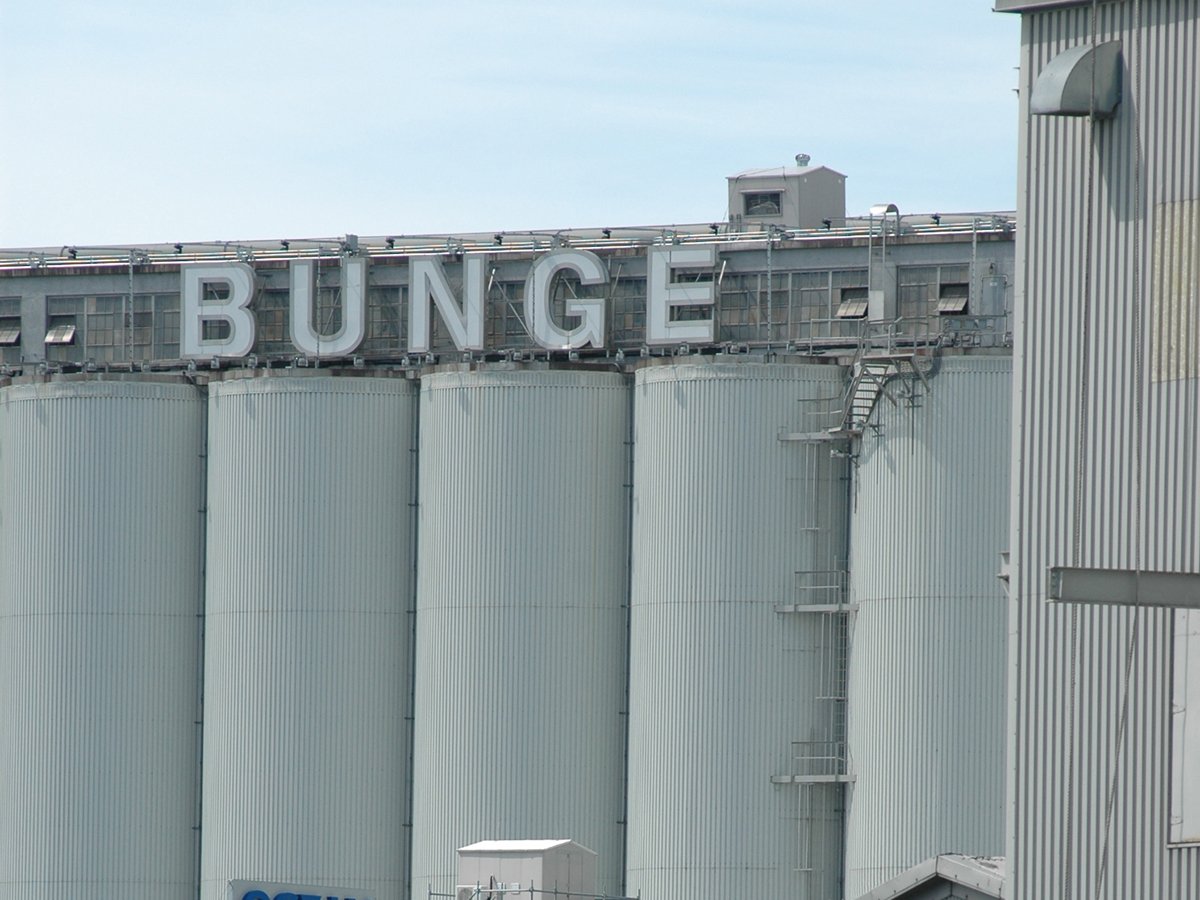
Bunge’s crop mix is changing
Bunge has predominantly been a soybean processing firm, but that’s about to change after the merger with Viterra with softseed processing and grain merchandising gaining ground.
In Saskatchewan, both Regina and Saskatoon reported mean monthly temperatures that were warmer than Alberta, but overall they were either near or a little below average. Regina was the cold spot with a mean monthly temperature of 10.8 C, about 0.6 C colder than average.
Manitoba was both the warmest and wettest in May.
Winnipeg was the warm spot across the Prairies for the month, with a mean monthly temperature of 12 C, about 0.4 C warmer than average.
The Brandon region was a little cooler, with a mean monthly temperature of 10.9 C, right around average. These readings are a little surprising, because many people in Manitoba complained about how cold it was in May.
I think that was in part because of the clouds and precipitation across southern and central Manitoba. Winnipeg reported 114 mm and Brandon reported 102 mm, each about double what would normally be expected in May.
Now for the critical summer forecasts and predictions. The Old Farmers Almanac calls for near- to slightly above-average temperatures for all three months, with July the warmest compared to average. Its precipitation forecast calls for a dry summer with below average amounts in all three months.
The Canadian Farmers Almanac, which is much tougher to figure out, appears to call for an up and down June, July and August with periods of below and above average temperatures. Same thing goes for precipitation, as it calls for periods of dry weather along with wet showery/thunderstorm weather.
As for the weather models, the National Oceanic and Atmospheric Administration’s extrapolated forecast in the United States calls for near-average temperatures across the central and eastern Prairies with above-average temperatures in the west. The precipitation forecast is for near-average amounts in most regions, and western regions with the highest probability of below-average amounts.
The CFS model has cooled down the summer forecast a bit. It predicts slightly above-average temperatures in June, followed by near-average temperatures in July and August.
The precipitation forecast is for above-average amounts over the northern Prairies in June and below-average amounts across the south. July and August are forecasted to see above-average amounts across Saskatchewan and Manitoba with below-average amounts in western Alberta.
The CanSIPS model is still calling for above-average temperatures, along with near- to slightly below-average precipitation.
The last weather model is the ECMWF or European model, which forecasts above-average temperatures in June, July and August, along with near- to below-average precipitation, and the western Prairies with the greatest chance of below-average amounts.
For my forecast, I admit there is no strong signal to hook on to, but my gut says to stick with the status quo, which means near- to slightly above-average temperatures and precipitation.
Daniel Bezte is a teacher by profession with a BA in geography, specializing in climatology, from the University of Winnipeg. He operates a computerized weather station near Birds Hill Park, Man. Contact him at dmgbezte@gmail.com.


